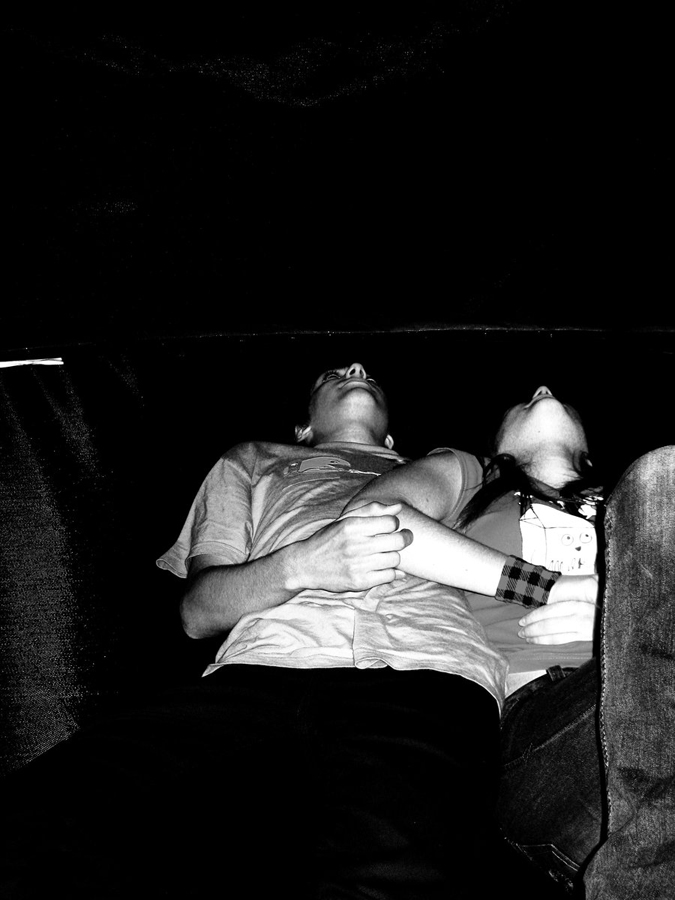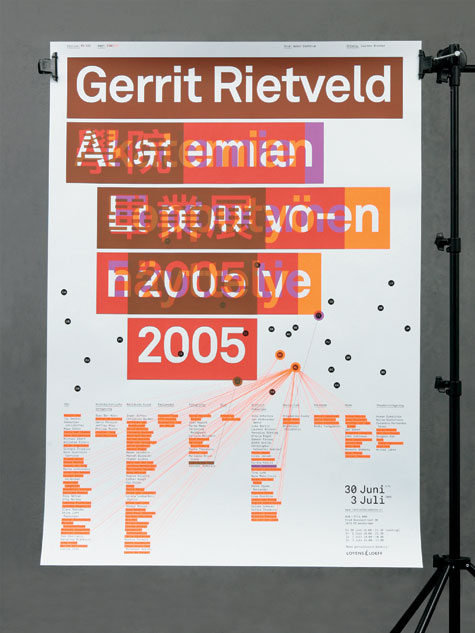When I heard about the powers of ten I thought it was some highly complicated scientific theory that you had to read really carefully and with much mathematical understanding to comprehend.
But in fact the ”Powers of Ten” is a 1968 American documentary short film written and directed by Ray and Charles Eames, re-released in 1977.
The film depicts the relative scale of the Universe in factors of ten.
It illustrates the universe as an arena of both continuity and change, of everyday picnics and cosmic mystery.
It presents the profound idea of orders of magnitude, with the subtitle of the film being:A Film Dealing With the Relative Size of Things in the Universe and the Effect of Adding Another Zero.
I want to show you one of the many remakes that have come up since 1968.
A little bit more cheesy, Americanized than the original with Morgan Freeman’s voice.
It shows the part of space we (humans) can see.
it’s stupendously big!!
Cosmic voyage – the power of ten HQ on YouTube
The theory of powers of ten tries to comprehend our world in numbers.
It fits everything from the atoms in our cells to the outer universe into a simple scheme of multipliing by ten.
By depicting this scheme the film gives a portrait of the various perspectives we can have on our world.
Our brain is capable to perceive the world on so many levels.
We can think a lot further than of what we actually know or have experienced, like the universe for example.

But we can as well think about the ungraspable development of thought .
Our brain can think about itself thinking.
There are many different levels of perceiving the world we live in.
Starting from ourselves I could think of the following levels:
The material level (what we consist of)
The personal level
The closer social level
The cultural (society level)
The global level (political/environmental)
The universal level ( seeing the world as a spot in the universe/ a world of constant change)
What matters to us changes violently depending on in which level we are thinking about things.











